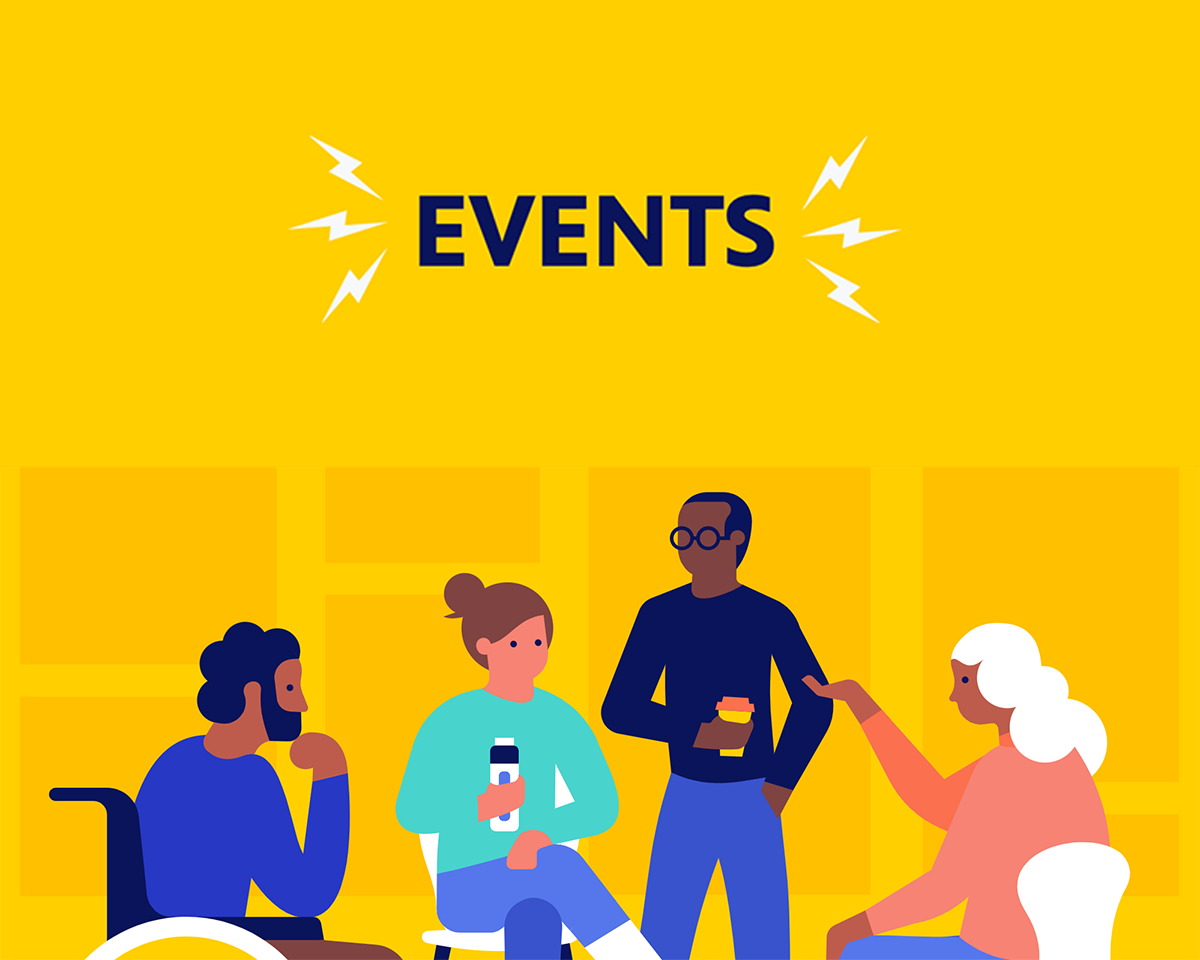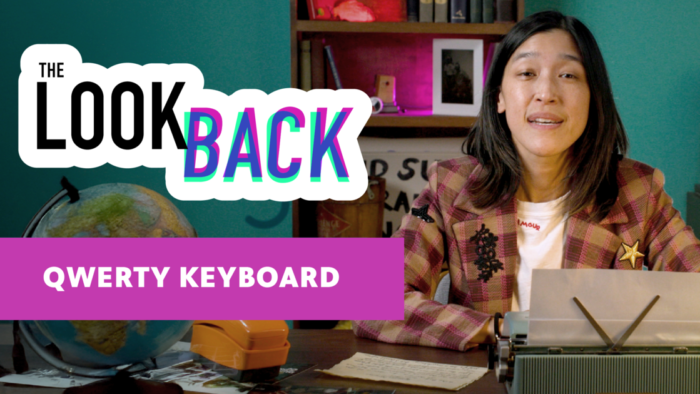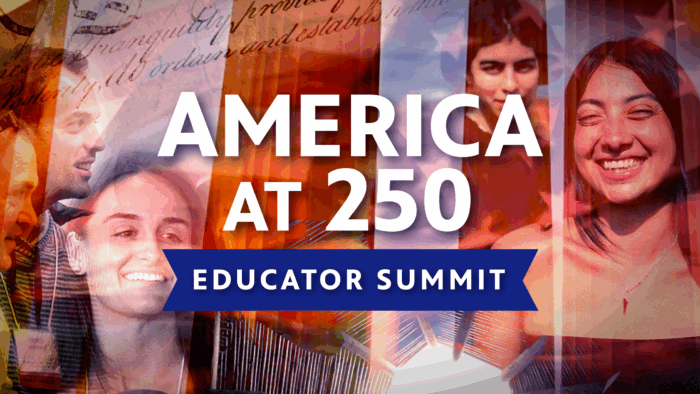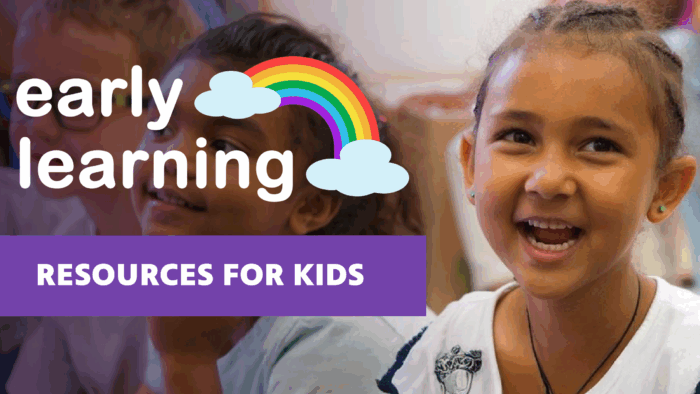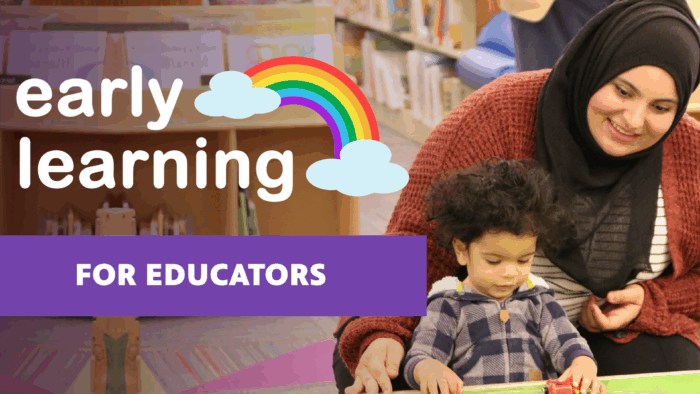We're celebrating National Library Lovers Month with a special workshop connecting PBS resources and library programming for school-age learners.
Learn about how you can become a PBS Certified Media Literacy Educator with support from PBS Wisconsin Education.
What role did Milwaukee residents play in developing the QWERTY keyboard? Key into this piece of Wisconsin history with The Look Back!
July 2026 will mark the 250th anniversary of the signing of the Declaration of Independence. As educators and learners prepare to move into a new school year following this milestone, PBS Wisconsin Education and partners are convening a 1.5 day summit for 3rd-12th grade educators who teach civics and history. This page includes a schedule overview.
July 2026 will mark the 250th anniversary of the signing of the Declaration of Independence. As educators and learners prepare to move into a new school year following this milestone, PBS Wisconsin Education and partners are convening a 1.5 day summit for 3rd-12th grade educators who teach civics and history.
Join PBS Wisconsin Education for a session on cultivating care and compassion in yourself and your students.
Join PBS Wisconsin Education at SLATE 2025 for the sessions ACT 31: Integrating Indigenous Literacy with Multimedia Resources and Fact-Checking For Students.
Select from the objectives to find PBS KIDS resources to spark a love of reading, teach letters, encourage playful language development, build comprehension skills, develop vocabulary, and enhance fluency.
Support children’s early literacy development. Browse free self-paced learning courses, webinars, and peer networks that count for Wisconsin Registry credit.
Enhance children’s social emotional development with free self-paced learning courses, webinars, and peer networks that count for Wisconsin Registry credit.
